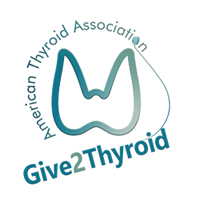SUMMARY OF THE STUDY
In this study, stored thyroid tissue from thyroid biopsies was subject to the GSC test. Tissue was obtained from 210 thyroid nodules from 199 patients in 49 institutions in the United States. All of the patients underwent thyroid surgery, without knowledge of the GSC test prior to surgery. The individuals performing the GSC test had no knowledge of the results of the final pathologic diagnosis and the pathologists examining the surgical thyroid tissue did not know the GSC result.
Of the 210 thyroid nodule specimens included in the study, there was too little molecular material available to perform the GSC test in 19 cases (9%). Thus, the final analysis was planned on the GSC test results in 191 indeterminate cytology thyroid nodules from 183 patients. Approximately one in four nodules in the study was ultimately found to be cancerous at surgery (46/191, 24%), however one of these was excluded from the final analysis. Overall, 41/45 (91%) cancers were correctly detected by the GSC test and 99/145 (68%) of benign nodules that were correctly identified by the GSC test.
WHAT ARE THE IMPLICATIONS OF THIS STUDY?
This study shows that the GSC is very good at identifying cancer in indeterminate thyroid biopsies. Further, the current GSC was found to be more specific and results in fewer false positive results as compared to an earlier version of the test. Thus, based on the assumptions that a positive molecular test is an indication for thyroid surgery and a negative test is an indication not to do surgery, the authors concluded that the updated molecular test would be associated with a reduced rate of thyroidectomies for patients with indeterminate cytology thyroid nodules. More research is needed to determine the impact of GSC test utilization on surgical decision-making and long-term health outcomes of patients.
— Anna M. Sawka, MD, PhD




